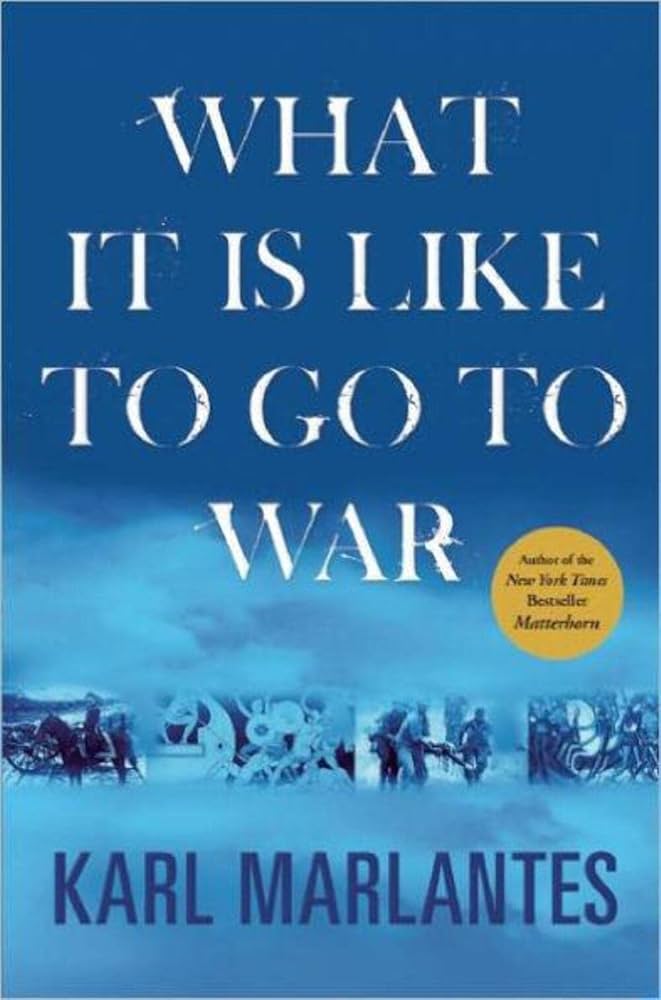In the deeply layered landscape of war literature, few voices resonate with as much poignancy and authenticity as that of Karl Marlantes. in his compelling work, “What It Is Like to Go to War,” Marlantes invites readers to journey beyond the battlefield’s blood-soaked terrain and into the intricate psyche of a soldier. “Through the soldier’s Eyes” offers a complete review of this poignant exploration of the emotional and psychological toll of combat, weaving together Marlantes’ harrowing personal experiences and profound insights. With a keen eye for detail and a heart attuned to the echoes of gunfire and grief, this examination not only sheds light on the complexities of a soldier’s experience but also prompts a broader reflection on the nature of courage, memory, and the indelible scars left by war. Join us as we delve into Marlantes’ raw and unflinching narrative, compelling readers to reckon with what it truly means to bear witness to conflict.
Exploring the Raw Emotions of Combat Through Karl Marlantes’ Narrative Lens
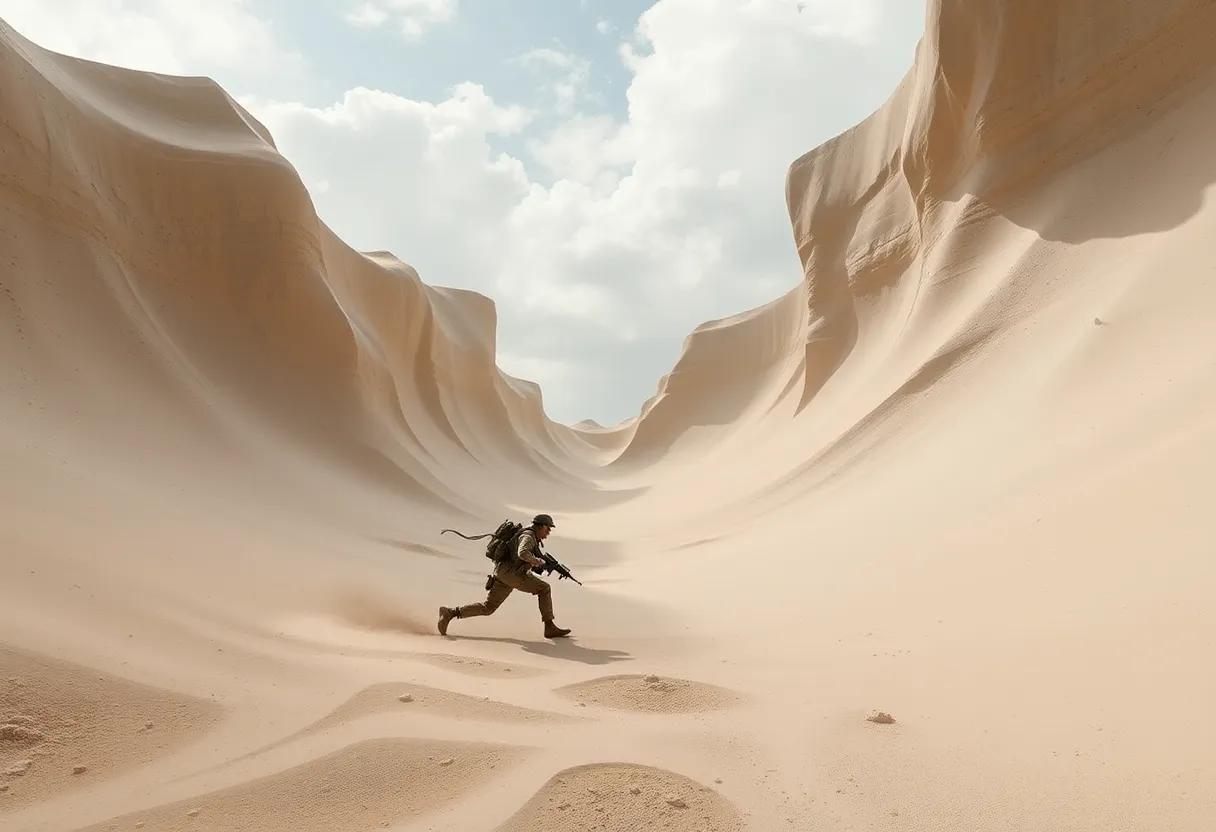
Karl marlantes intricately dissects the psyche of the soldier, weaving a tapestry of visceral experiences that reflect the turmoil of warfare. In What It Is Like to Go to War, he brings readers face-to-face with the complexities of combat, stripping away the romantic notions often associated with military heroism. Through his vivid storytelling, Marlantes invites us to feel the heavy burden of fear, guilt, and camaraderie that accompany a soldier into battle. His explorations reveal the stark reality that war is not merely a physical confrontation but a profound emotional conflict that challenges one’s moral compass and sense of identity. Each chapter serves as a window into the heart of a soldier, showcasing the raw emotions that define the human experience of combat.
within Marlantes’ narrative, the concept of moral injury emerges as a haunting theme, illustrating the psychological scars that linger long after the battles are won or lost. He presents a landscape where emotions are raw, unfiltered, and in constant flux, leaving readers to grapple with the profound consequences of each violent encounter. The use of rich metaphors and gripping imagery allows his audience to engage with the emotional turbulence faced by soldiers, making them ponder the lasting impact of trauma on both individuals and families. Below is a summary of the key emotional themes that permeate his narrative:
| Emotional Theme | Description |
|---|---|
| Fear | The instinctive reaction to danger that reshapes one’s perception of life. |
| Guilt | The weight of actions taken under fire, often leading to long-lasting repercussions. |
| Camaraderie | The bond formed between soldiers that becomes a lifeline in the chaos of war. |
| Moral Injury | The persistent emotional aftermath from moral transgressions experienced during combat. |
Unraveling the Psychological Toll of War: Insights from Personal Accounts
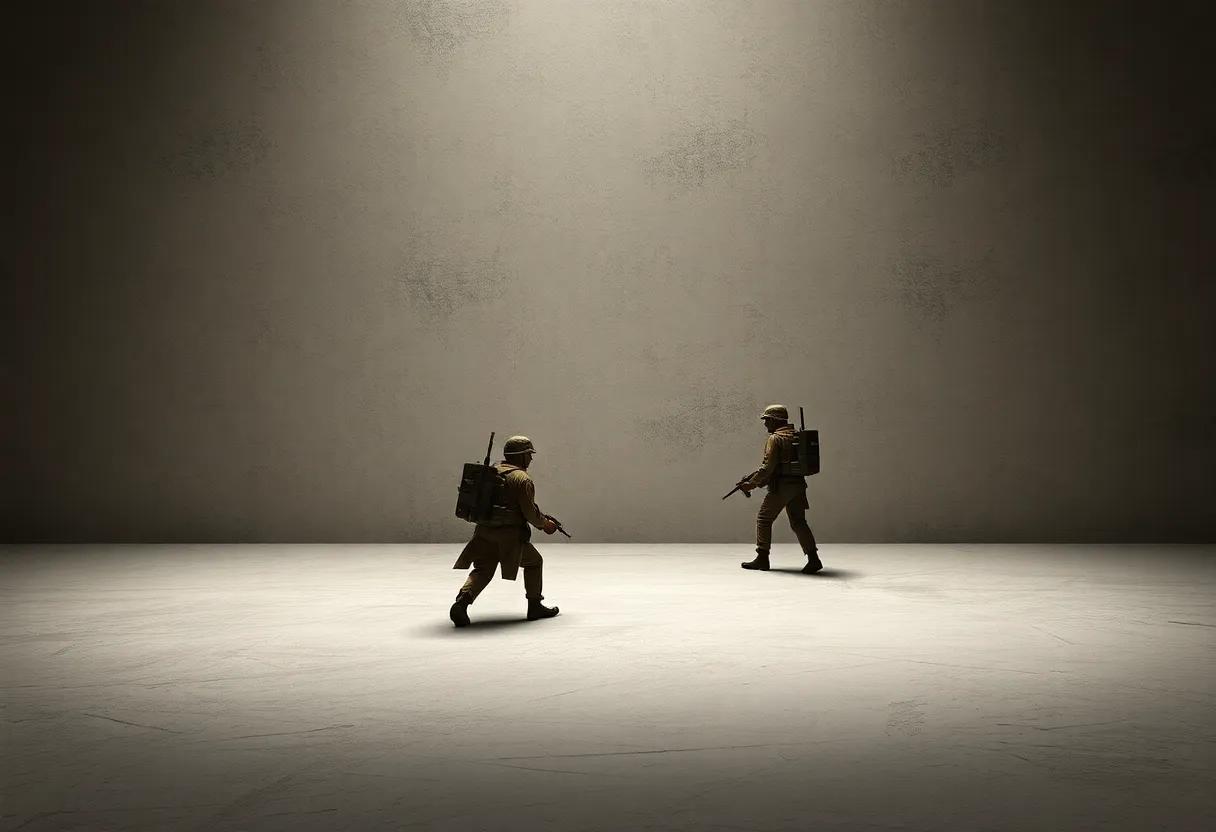
The personal accounts detailed in Karl Marlantes’ profound exploration of wartime experiences illuminate the unseen burdens carried by soldiers long after the physical battle has ended. Through a tapestry of vivid storytelling, Marlantes draws readers into the minds of those who have faced the horrors of combat, grappling with feelings of guilt, fear, and a deep sense of disconnection from civilian life. The psychological aftermath of war is not merely a narrative of valor; it reveals a hidden reality where soldiers frequently enough struggle alone with their memories, continually wrestling with the shadows of their past. The author paints a haunting picture of the visceral weight of loss and trauma, emphasizing how these experiences disrupt the core of one’s identity.
In handling the theme of psychological toll, Marlantes suggests a compelling need for societal recognition of mental health issues afflicting veterans, which can manifest in various ways:
- Post-Traumatic Stress Disorder (PTSD): A persistent echo of combat experiences, leading to flashbacks and severe anxiety.
- Moral Injury: A deep sense of betrayal, frequently enough stemming from actions taken during war that conflict with personal ethics.
- Isolation: The struggle to communicate war experiences, causing rifts between veterans and their loved ones.
These insights challenge readers to move beyond conventional narratives of heroism and valor, urging a comprehensive understanding of war’s emotional scars. By amplifying the voices of those who have fought, Marlantes not only educates but also encourages a collective empathy towards the veterans who now walk among us, silently carrying their burdens.
The Journey of a Soldier: A Transformative Experience Captured in Prose
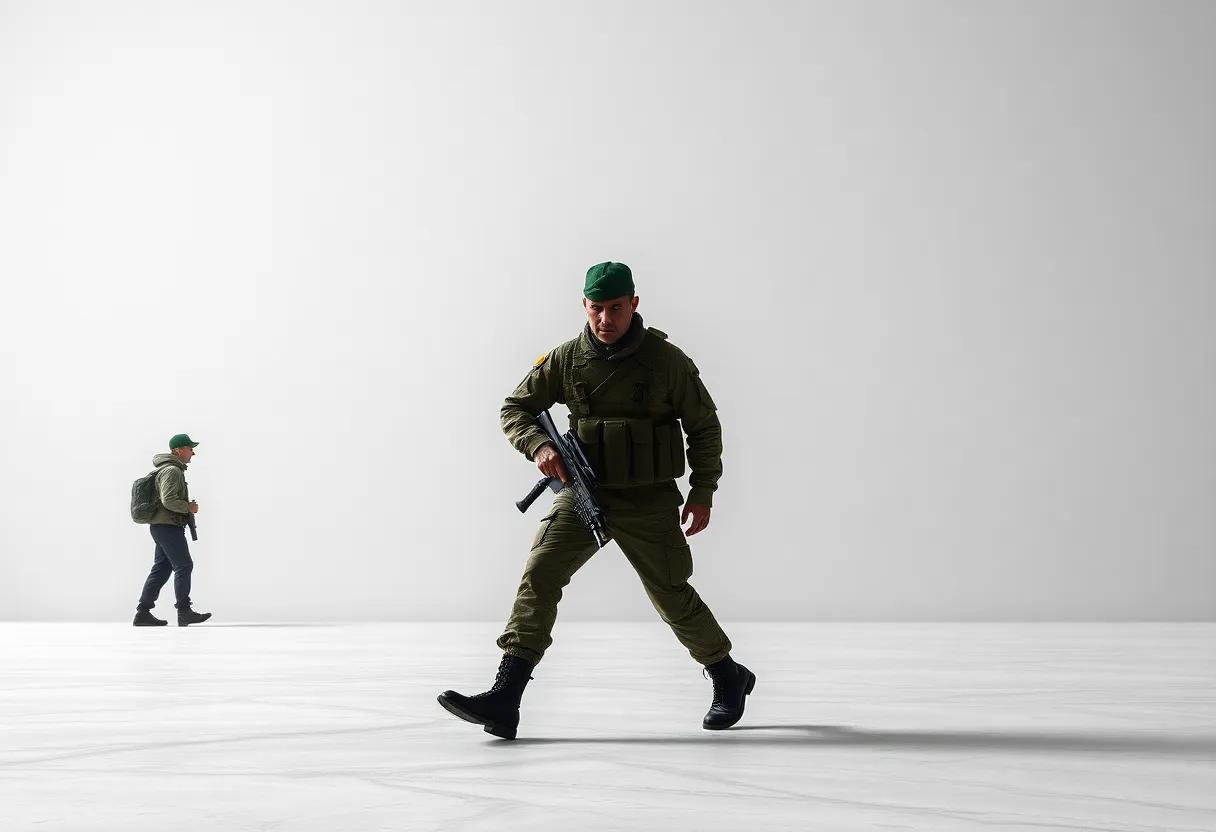
In Karl Marlantes’ evocative narrative, readers are invited to step into the chaotic world of a soldier’s mind, where the boundaries between conflict and humanity blur.Through vivid imagery and profound introspection, Marlantes captures the psychological complexities of war, illustrating how the excitement of combat coexists with the haunting memories of loss and trauma. His reflections compel us to consider the emotional turmoil soldiers face – the weight of their decisions, the bond with comrades, and the struggle to reconcile their experiences with the civilian world. Key themes emerge throughout his work, igniting conversations about the moral ambiguity of warfare and the transformative journey that every soldier undertakes.
The narrative unfolds not just as a personal account, but as a lens through which we can examine the broader implications of soldierhood. Marlantes delves into the cultural impact of war, revealing how societal perceptions shape the way veterans are treated. He highlights the importance of understanding and compassion for those returning from conflict, fostering a deeper awareness of the challenges they face in reintegration. To encapsulate Marlantes’ profound insights, hear’s a concise overview:
| Key Themes | Description |
|---|---|
| Psychological strain | Explores the mental health challenges following combat experiences. |
| Moral Ambiguity | Discusses the ethical dilemmas soldiers encounter in warfare. |
| Societal Perception | Addresses how civilian attitudes shape veteran experiences. |
| Reintegration Challenges | Highlights the difficulties soldiers face returning home. |
an Honest Reflection on Valor and Vulnerability in Times of Conflict
In examining the dual nature of courage and vulnerability as articulated by Karl Marlantes, readers are invited to understand the profound psychological and emotional experiences that define a soldier’s journey into conflict. Marlantes, drawing from his own experiences in the Vietnam War, delineates the *nuances* of valor, revealing that true bravery is not the absence of fear but rather the decision to confront it. This layered understanding of courage emerges in stark relief against the backdrop of warfare, where the stakes are not merely one’s life but also the essence of humanity that soldiers must grapple with amidst chaos and destruction. Those who serve are frequently enough perceived as *heroic* figures, yet they also embody deep vulnerabilities—the weight of loss, survivor’s guilt, and the struggle to reconcile their actions with their ethical beliefs.
Moreover,the author deftly contrasts the glorified imagery of combat with the raw,unfiltered truths that soldiers face. Emphasizing the *importance* of vulnerability, Marlantes illustrates how acknowledging one’s fears and doubts can be a source of strength, fostering genuine connections among comrades. He outlines key themes that resonate deeply within the fabric of military life:
- Self-Reflection: The necessity of introspection to understand one’s motivations.
- Empathy: Building bonds through shared experiences, both tragic and triumphant.
- Resilience: The ability to rise from personal and collective hardships.
This exploration encourages a deeper dialog about what it truly means to serve, and how the revelations of vulnerability can lead to profound personal growth, not only within the realm of warfare but extending into the wider narrative of human experience.
The Language of War: Marlantes’ Poetic Exploration of soldiering
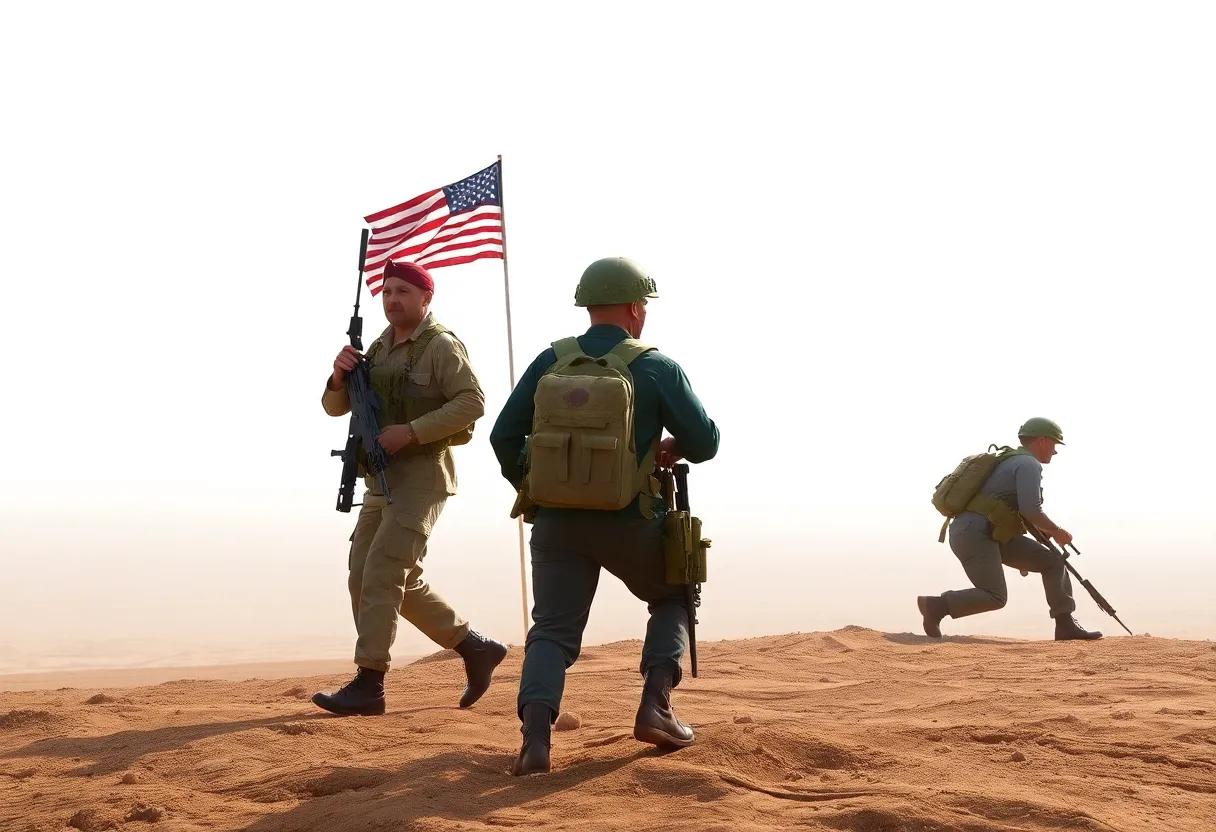
Karl Marlantes delves into the intricate fabric of soldiering with a depth that transcends mere recounting of experiences.Through lyrical prose, he captures the essence of fear, camaraderie, and the visceral realities of combat. Marlantes dismantles the glorified perceptions of war, revealing it instead as a tapestry threaded with conflict and sacrifice. His reflections resonate deeply with anyone who has faced the dichotomy of duty and morality on the battlefield:
- The weight of decision-making: Soldiers are often forced to choose between life-altering ethical dilemmas.
- Vivid imagery of combat: Marlantes’ descriptions evoke the sights and sounds that linger long after the guns have fallen silent.
- The burden of memory: He emphasizes how trauma and recollection forge a life-long connection to the experiences of war.
Amidst the chaos, marlantes articulates the internal struggles soldiers endure. His explorations encourage readers to empathize with the profound impact of combat on the human psyche.He emphasizes the paradoxical nature of war: while it catalyzes trust among soldiers,it also engenders moments of betrayal,whether from an adversary or oneself.this duality is encapsulated in a simple table that illustrates the emotional spectrum soldiers navigate:
| Emotion | Expression in Combat |
|---|---|
| Fear | A moment of hesitation |
| Camaraderie | A shared laugh amidst chaos |
| Guilt | Reflections of choices made |
| Relief | Surviving another day |
A Study in Humanity: Understanding the Connections Among Warriors

In Karl Marlantes’ profound exploration of the warrior’s psyche, the connections forged among soldiers transcend mere camaraderie; they delve into the intricacies of shared trauma and collective purpose. Marlantes masterfully articulates the blend of fear,honor,and instinct that binds men and women under the umbrella of a shared mission. These relationships, steeped in vulnerability, allow warriors to communicate unspoken understandings, creating a bond that often manifests in the most unexpected ways. Through vivid anecdotes and personal reflections,he immerses the reader into the chaotic dilemmas faced by combatants,revealing how every glance,every silence,and every heartbeat contributes to their shared experience of war.
Moreover, the author highlights the paradox of combat relationships—simultaneously a source of strength and fragility. The emotional vulnerabilities unveiled in combat also lead to profound connections that can last a lifetime. Soldiers find solace in the understanding that their struggles are not solitary; they resonate deeply within their comrades. Marlantes emphasizes this through a nuanced comparison of the psychological battles fought both during and after the war. the following table summarizes significant themes that emerge from these interpersonal dynamics:
| Theme | Description |
|---|---|
| Shared Trauma | How experiences shape emotional ties among warriors. |
| Honor and Duty | The driving forces behind camaraderie in battle. |
| Silence as Dialogue | The profound understanding conveyed in unexpressed thoughts. |
| Long-term Bonds | The lasting connections that outlive the battlefield. |
War’s Aftermath: The Prolonged Battle with Trauma and Memory
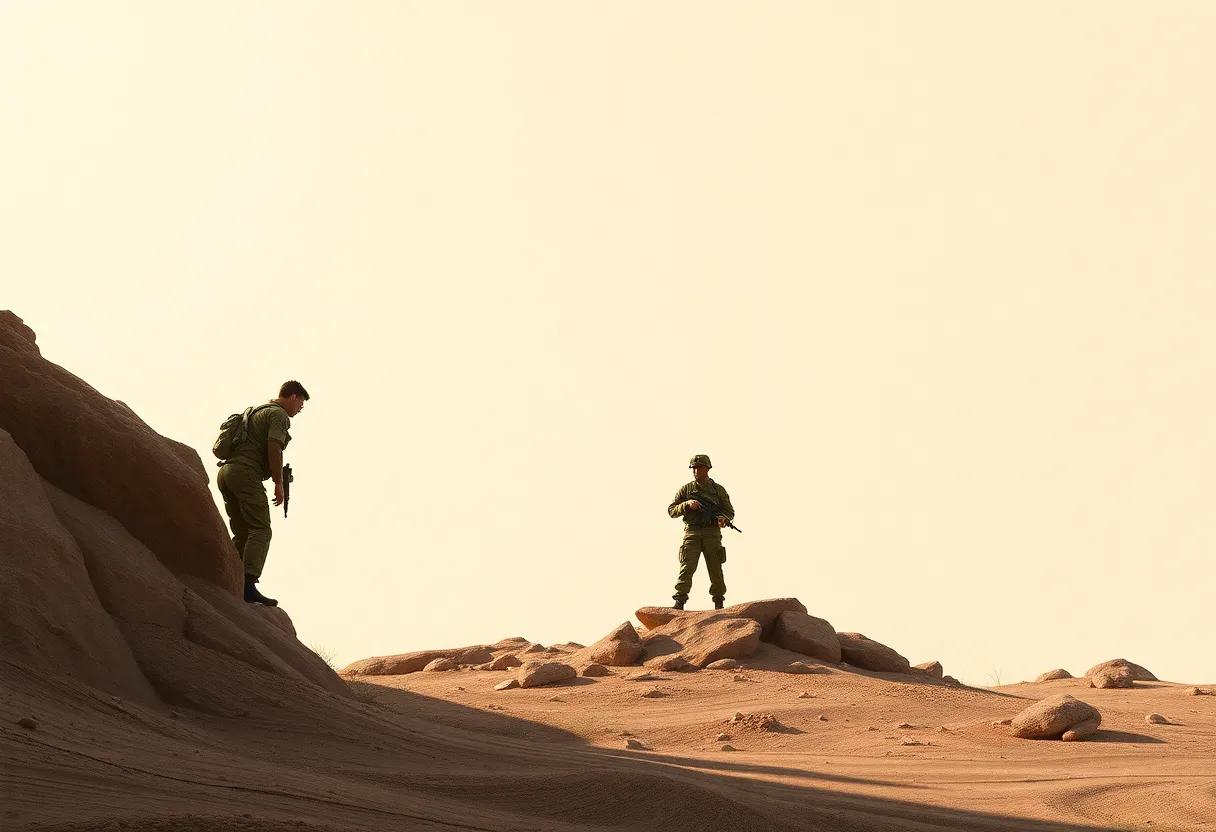
The haunting echoes of conflict linger long after the guns have fallen silent, as Karl Marlantes adeptly explores in his profound narrative. The experience of war does not end on the battleground; rather,it extends into a soldier’s psyche,intertwining with their everyday existence. The scars of trauma manifest in various forms,often invisible to those who have not faced the horrors of combat. Marlantes delves deep into the psychological ramifications of warfare, illustrating how memories of violence and loss can seep into the fabric of a soldier’s life, casting long shadows over their capabilities to connect with others and reintegrate into a peaceful society.
This aftermath is characterized by a transformative journey that many soldiers must navigate alone, grappling with feelings of isolation and guilt. Marlantes outlines several themes crucial to understanding this battle with trauma and memory, including:
- The burden of survivor’s guilt
- The challenge of normalcy
- Reconciliation with self and society
- The necessity of storytelling
To better understand this emotional landscape, consider the following table that outlines the spectrum of experiences post-war:
| Experience | Impact |
|---|---|
| Flashbacks | Intrusive, disruptive recollections of trauma |
| Emotional numbness | Difficulty in expressing or feeling emotions |
| Hyper-vigilance | A constant sense of being on guard |
| Isolation | Withdrawal from family, friends, and community |
In Marlantes’ view, understanding these dimensions is essential not only for the healing of individual soldiers but also for fostering a broader societal acknowledgment of war’s lasting repercussions.
The Ethical Dilemma of War: Navigating Right and Wrong in Fateful Choices
In Karl Marlantes’ profound exploration of warfare, he presents readers with a visceral look at the ethical quandaries faced by soldiers who are compelled to navigate the turbulent waters of right and wrong amidst the chaos of battle. Through vivid storytelling and introspective reflections, Marlantes invites us to grapple with the inherent moral conflicts that arise when human lives hang in the balance. Soldiers often find themselves confronted with contradictions such as:
- Duty vs. Dissonance: The obligation to follow orders pitted against the instinct to question the righteousness of those orders.
- Heroism vs. Brutality: Struggling to reconcile the valor associated with combat and the harsh reality of taking lives.
- Survival vs. Sacrifice: The instinct for self-preservation clashing with the noble ideals of camaraderie and sacrifice for comrades.
The book serves as a powerful reminder that the battlefield is not merely a physical locale but a complex ethical landscape where decisions are often made in fractions of a second. Marlantes effectively illustrates this through anecdotes that highlight how personal values and societal expectations can collide, leading to long-lasting consequences for not just soldiers but also the communities left behind. Consider a brief summary of the moral conflicts depicted through varying narratives:
| Conflict | Example in Text |
|---|---|
| Duty vs. Dissonance | A soldier questions orders that lead to civilian casualties. |
| Heroism vs. Brutality | A veteran reflects on valor amid graphic descriptions of combat. |
| Survival vs. Sacrifice | A mission where teammates place each other’s lives on the line. |
By weaving together these intricate dilemmas, Marlantes crafts a narrative that not only immerses readers in the realities of combat but urges them to reflect on the broader implications of war. The emotional weight of each decision is palpable,prompting questions about the nature of morality itself. As we journey through the soldier’s psyche, we are left to ponder: what does it truly meen to act justly in times of extreme hardship?
resilience in the face of Chaos: Finding Strength Amidst Desperation

In the exploration of human experiences, Karl Marlantes deep dives into the complex psyche of soldiers, shedding light on how they navigate the tumultuous waters of war. Amidst the chaos, he illustrates that resilience is more than mere survival; it embodies the process of learning to embrace vulnerability.By drawing on his own experiences, Marlantes invites readers to witness the myriad ways individuals cope with despair, showcasing their ability to forge meaning from the remnants of conflict. This duality of strength and fragility serves as a poignant reminder that chaos often leads to profound personal growth.
Throughout the narrative, Marlantes emphasizes the importance of community and connection as pillars of resilience. While the battlefield can instill a sense of isolation, the bonds forged during these harrowing times can become lifelines. He articulates this sentiment through vivid storytelling, weaving together personal anecdotes and philosophical insights that resonate deeply. As readers traverse the pages, they encounter a tapestry of emotions, including the necessity of vulnerability in the face of trauma. The following elements encapsulate the essence of resilience presented in Marlantes’ work:
| Element | Description |
| Vulnerability | In accepting one’s vulnerabilities, soldiers foster deeper connections with one another. |
| Camaraderie | Shared experiences on the battlefield create unbreakable ties that offer emotional support. |
| Narrative | Storytelling helps process trauma, transforming chaos into meaning and understanding. |
The Role of Brotherhood: Bonds That Are Forged in the Flames of War
The bond that develops among soldiers is often described as an unbreakable thread woven by shared peril and sacrifice. In the crucible of warfare, individuals from diverse backgrounds converge, united by a singular mission that transcends personal differences. Marlantes captures this essence vividly, emphasizing how trust and reliance on one another become paramount in life-or-death situations. Through anecdotes and personal reflections, he illustrates how these brotherhoods provide not just emotional support but also a sense of purpose amid chaos. Each firefight and harrowing experience is cemented through shared laughter, moments of vulnerability, and resolute determination, thus forging connections that many find resonate far beyond the battlefield.
Moreover, the shared experiences among comrades often cultivate an understanding that can’t be fully articulated to outsiders. Within this realm of companionship, soldiers learn the importance of sharing burdens and developing a collective identity. Marlantes delves into the psychology behind this,revealing how these interactions create not only bonds but also a framework for coping with trauma. The following table summarizes key elements of the soldier’s brotherhood as highlighted in Marlantes’ work:
| Element | Description |
|---|---|
| Trust | Building reliance upon one another’s actions and decisions. |
| Support | Emotional and physical backing during combat and recovery. |
| Shared Identity | A collective understanding that fosters unity despite individual differences. |
| Coping Mechanism | finding solace and strength in shared experiences. |
Marlantes’ Craftsmanship: The Art of Storytelling in capturing Truth
Karl Marlantes’ ability to weave raw emotional truths with an unflinching eye for detail creates a narrative that resonates deeply with readers. Through his experiences in combat, he crafts a multifaceted portrayal of war that transcends mere soldiering, drawing readers into the heavy weight of existential reflection. Marlantes explores the dichotomy of the heroic and the tragic,revealing how memory,fear,and courage coexist within the soldier’s psyche. It’s this complex interplay that makes his storytelling both accessible and profound, allowing readers to grasp not just the events of war, but the deep reverberations they leave in a soldier’s heart and mind.
His storytelling resonates on multiple levels, combining vivid imagery with thoughtful introspection. Marlantes employs various techniques to engage his audience, including:
- Descriptive Language: Picturing the chaotic landscapes of battlefield and inner turmoil.
- Intimate Narratives: Personal anecdotes that bring the subjective experience of war to the forefront.
- philosophical Insights: Contemplations on morality, violence, and the human condition.
To illustrate these elements, the following table summarizes key themes presented in the book:
| Theme | Description |
|---|---|
| Bravery | The duality of heroism and vulnerability in combat. |
| Survival | The instinctual drive to endure and protect. |
| Loss | The emotional scars left by grief and trauma. |
Lessons for Civilians: Understanding War Through the Soldier’s Perspective

Understanding the experience of soldiers is crucial for civilians who seek to grasp the realities of war. Through Marlantes’ profound insights, readers gain access to the psychological dimensions that warfare imposes on those who fight. It is imperative to acknowledge the complex emotional landscapes that soldiers navigate, and how these experiences often diverge sharply from mainstream depictions of heroism and valor. A soldier’s journey is not simply about combat; it encompasses the terror, camaraderie, sacrifice, and moral ambiguities that shape their worldview. This multifaceted perspective invites civilians to engage with the narratives of empathy and healing, encouraging a deeper thankfulness of their courage and struggles.
The lessons distilled from this exploration are invaluable. Civilians can learn to:
- Recognize the psychological toll of combat and readjustment to civilian life.
- Understand the importance of active listening when soldiers share their truths.
- Appreciate the complexities of moral choices in warfare, which can offer insights into broader ethical discussions.
This newfound knowledge fosters a culture of respect and understanding. Empathy towards soldiers can bridge the civil-military divide, allowing for authentic dialogue that honors their sacrifices while also addressing the implications of war on society as a whole.
A Call to Empathy: Why This Memoir is Essential Reading for Everyone

In “What It Is Like to Go to War,” Karl Marlantes offers readers a visceral look into the psyche of those who serve on the front lines. This memoir transcends mere personal narrative, inviting all of us to grapple with the profound moral complexities that accompany combat. Marlantes sheds light on the inner turmoil faced by soldiers,emphasizing the necessity of understanding their experiences to foster a more empathetic society. His observations reveal that the challenges of war extend far beyond the battlefield, seeping into the very fabric of civilian life. By engaging with this memoir, readers are prompted to reflect on the following crucial aspects:
- Human Vulnerability: Understanding the emotional toll of conflict.
- Collective Memory: Acknowledging how war shapes national identity.
- Moral Responsibility: Accepting the weight of decisions made in extreme situations.
Marlantes’ work serves as a catalyst for dialogue, bridging the gap between veterans and civilians. It challenges us to reconsider our perceptions of heroism and sacrifice, illustrating that the true aftermath of war often lingers long after troops have returned home. Marlantes poignantly illustrates the invisible scars that follow those who have faced the horrors of battle. The following table encapsulates the central themes of the memoir, outlining their impact:
| theme | Impact on society |
|---|---|
| Post-Traumatic Growth | Enhances understanding of mental health challenges. |
| Cultural Reflection | Encourages dialogue about the moral dimensions of war. |
| community Healing | Fosters connections between veterans and civilians. |
Karl Marlantes: A Veteran’s Voice Illuminating the Complexity of Warfare

Karl Marlantes, a decorated Vietnam War veteran, brings an authentic lens to the often misunderstood and romanticized concept of war in his reflective work. Drawing from personal experiences, he invites readers to confront the profound psychological and emotional complexities that accompany warfare. Marlantes delves into the gritty realities of combat, illustrating not only the intense adrenaline rush of battle but also the harrowing aftermath that soldiers face long after the guns have silenced. Through vivid anecdotes and poignant analysis, he sheds light on the burdens of duty, guilt, and the quest for redemption that mark the soldier’s journey.
In his exploration, Marlantes engages with themes that resonate deeply with both veterans and civilians alike. His writing encourages readers to grapple with the moral ambiguities and chaotic nature of war, emphasizing the importance of understanding its impact on the human psyche. Key elements of his narrative include:
- Isolation: The profound feeling of being disconnected from civilian life.
- Moral injury: The haunting effects arising from actions taken during combat.
- Brotherhood: The bonds formed in the trenches that transcend the horrors faced.
These insights serve not just as a window into Marlantes’ mind,but as a broader commentary on the societal implications of war. By encouraging empathy and awareness, he paints a comprehensive picture of what it truly means to be thrust into the chaos of battle, forever altering one’s perspective on life and humanity.
The Way Forward
“Through the Soldier’s Eyes” offers a thought-provoking lens through which to view Karl Marlantes’ poignant exploration of the complexities of war in “What It Is Like to Go to War.” With a deft balance of personal narrative and philosophical inquiry,Marlantes invites readers to confront the visceral realities of combat,as well as the deep-seated emotions that accompany such experiences. through his reflection on courage, loss, and the indelible impact of war, we are reminded that the soldier’s journey is not merely one of heroism and valor, but of profound solitude and introspection.
As we close the pages of Marlantes’ work, we are left with more than just images of battle; we carry forward a deeper understanding of the human condition in the face of conflict.Each insight resonates, urging a collective recognition of the stories that unfold far from our everyday lives. This review serves as an invitation to reflect—not only on the tales of those who serve but also on the broader narrative of what it means to be human amidst the chaos of war. As we step back into our own worlds, let us remember that while the battlefield may separate us, the shared experience of humanity ultimately connects us all.

